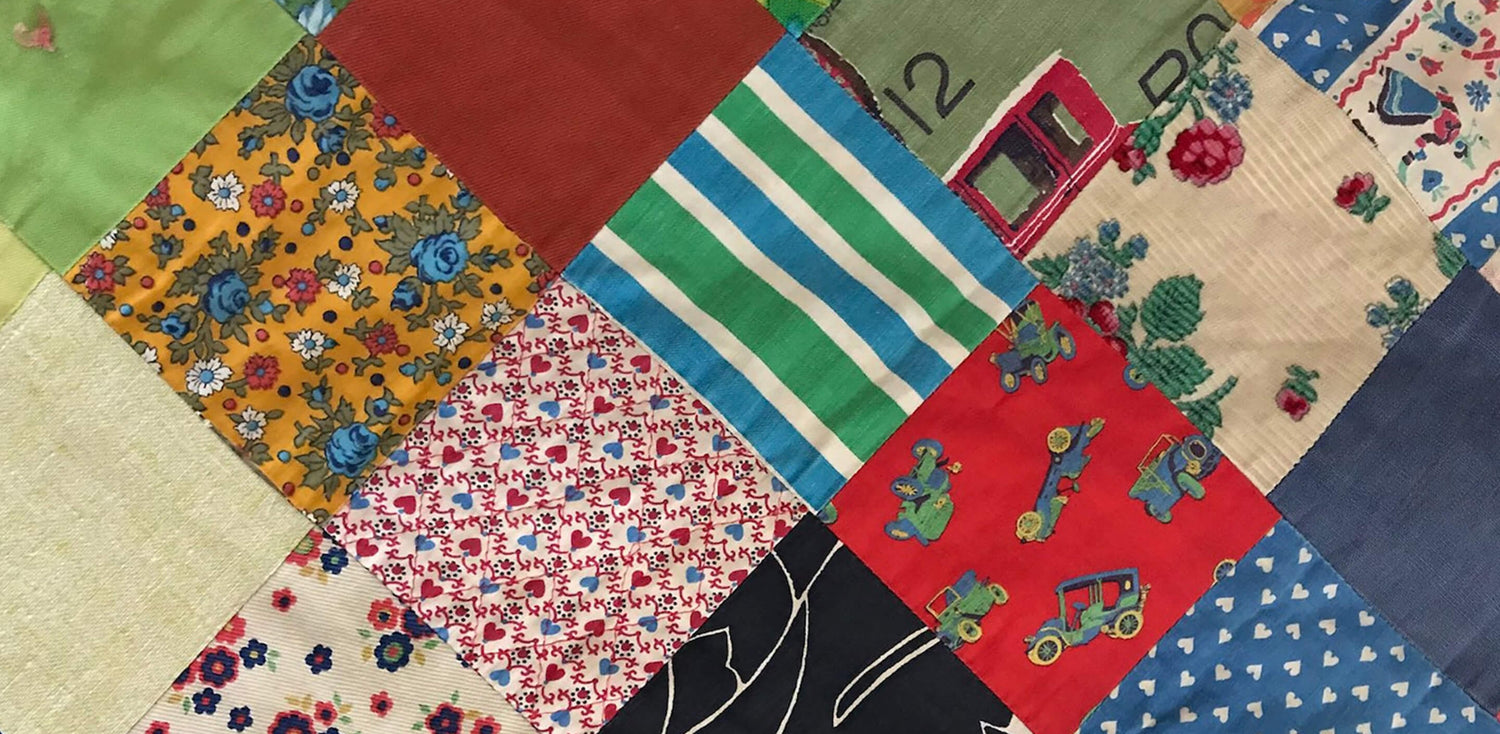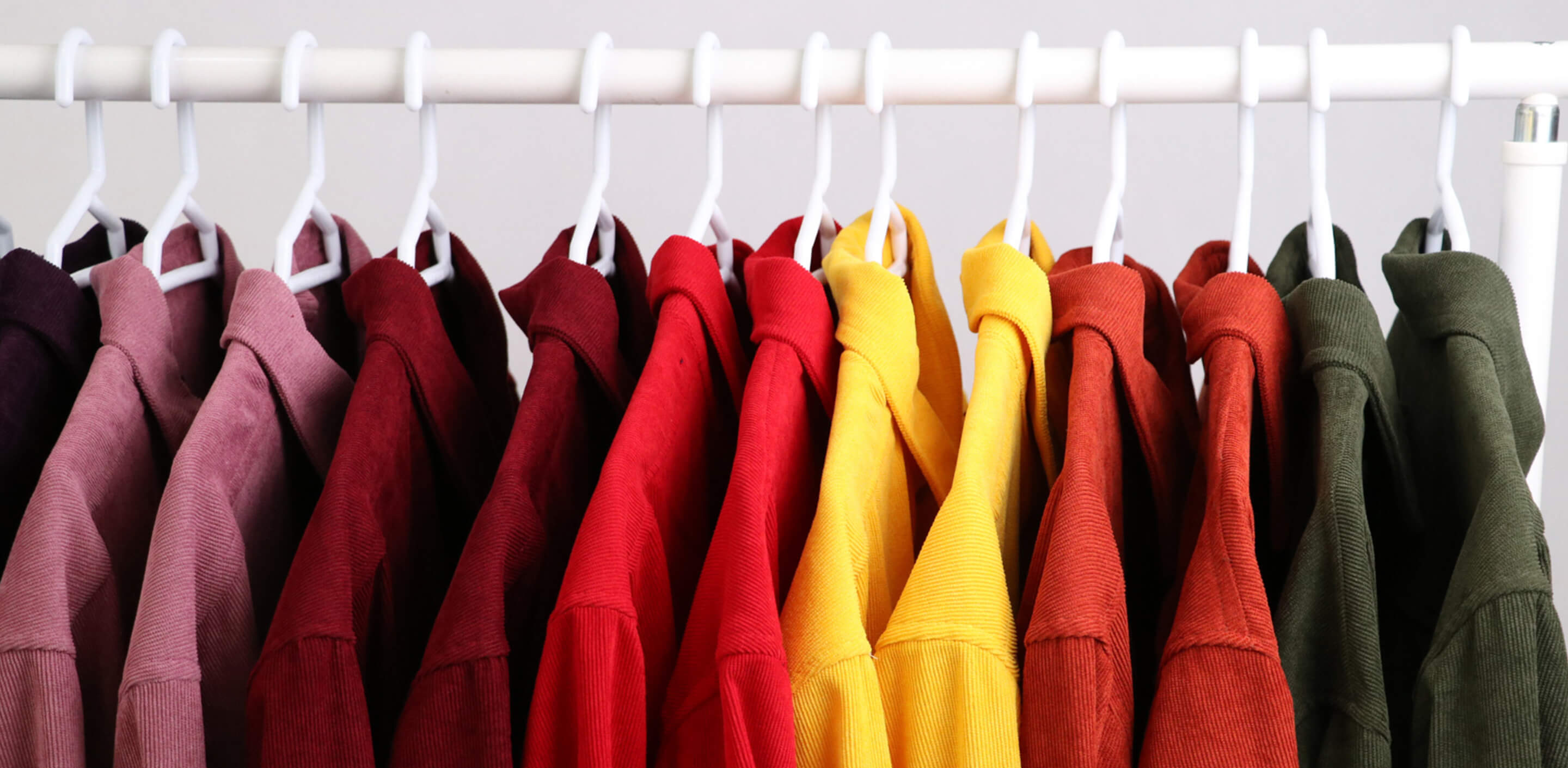What factors contribute to the chic vibe of a place? It has several parts, the most prominent of which is the tapestry, which comprises such things as curtains, bed sheets, pillow cases, and comforters. The choice of fabric for an interior design project is a reflection of the person who will be using the space and contributes to the room's overall atmosphere. Although quilting has always been well-liked, the modern freedom to play around with different hues, fabrics, and designs has inspired many novel takes on the age-old craft.
What is Quilting Fabric?

A quilt may be made from just about anything, hence the term "quilting fabric" is somewhat generic. Most fabrics used for quilting have a plain weave. An easy over-under basketweave pattern. While making a quilt, more than two layers of fabric are stitched together. Quilting is a technique used to provide padding to fabrics, as seen on certain types of bedspreads.
Weavers and spinners of textiles produce a vast spectrum of fabrics in a wide range of weights and densities. That's why it might be tough to choose the best quilting fabric when you're just starting out. The modern quilting process, on the plus side, involves a lot of strategic planning. Similarly, a diversity of quilting fabrics is at your disposal. What are the different types of quilting techniques present? Keep reading to learn more.
Quilting Techniques
No matter how much or how little experience you have with quilting, there are many different techniques and approaches you may try. Using a sewing machine is a must for certain techniques, while for others you'll need extra tools to assist stabilize your fabric and secure your designs. There are a wide variety of quilting techniques, so let's examine some of them.
Hand Quilting
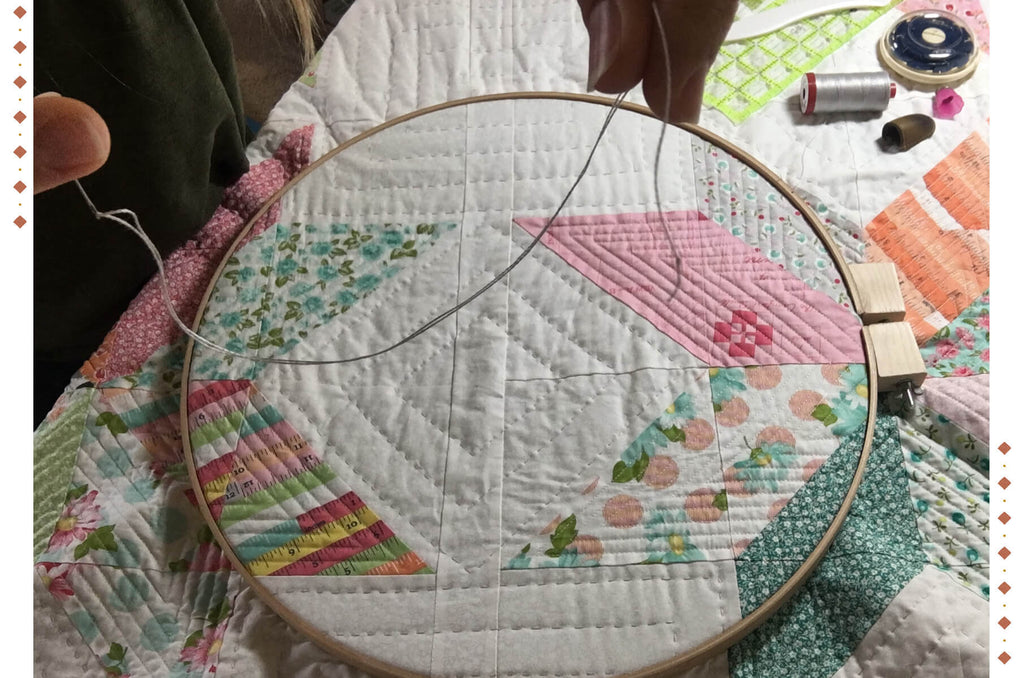
With a needle and thread, a quilt's layers are stitched together by hand during the hand quilting process. The layers are held together by the quilter using a hoop or frame. Quilters are free to create geometric or symmetrical designs. The skill of the quilter is reflected in the stitches' length, width, and density. Some complex hand quilting designs may combine many different types. Unlike machine quilting, which requires constant attention, hand quilting may be done in peace and quiet.
Free Motion Quilting
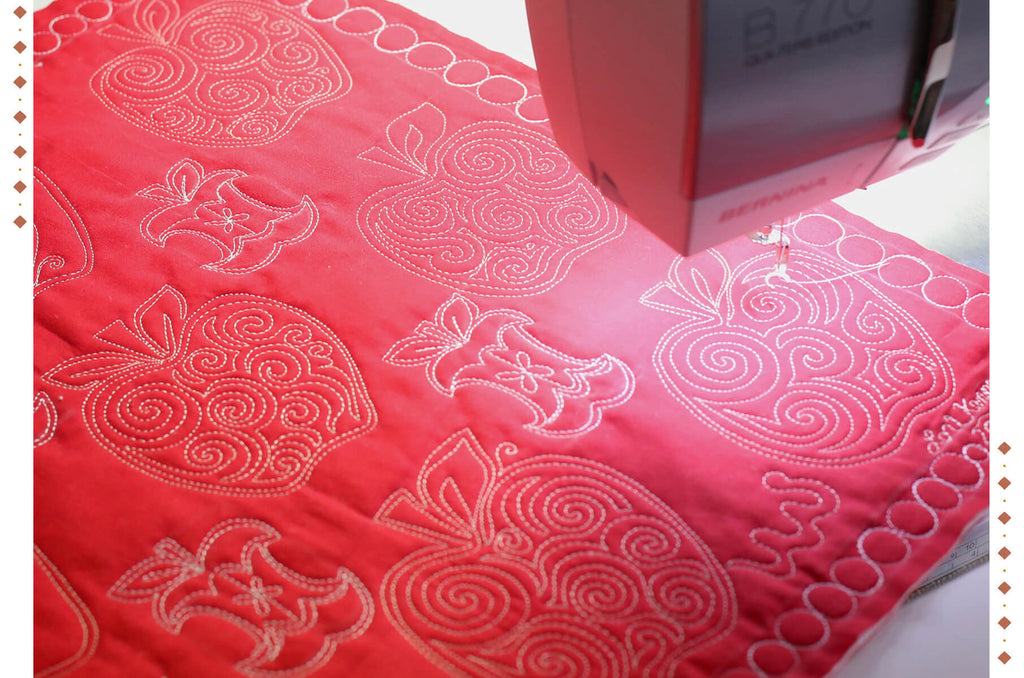
A sewing machine without feed dogs is used for free-motion quilting. Both the quilter's hand movements and the machine's speed impact the stitching. You may use a stencil, a sketched line, or wing it to make the quilting patterns.
You could like free motion quilting because of its benefits. Such instances are as follows:
- The freedom to turn the quilt in any direction with your hands opens the door to more intricate designs. This may give you more freedom to experiment with curves and other shapes while working on your quilt.
- Using a sewing machine, as opposed to hand stitching, allows you to more quickly complete complex designs.
Walking Foot Quilting

You may use a sewing machine to execute something called "walking foot quilting," which is a unique technique. With a walking foot, a quilt is pieced together layer by layer in a manner that highlights the shape being worked on at the time. This technique might be used to provide the impression of depth to the form. Quilting in a straight line across the quilt is yet another technique that may be accomplished using a walking foot. Create texture by quilting in straight lines perpendicular to the quilter's edge or at a 45-degree angle when working diagonally across the quilt.
Trapunto

The trapunto technique creates the impression that the quilt is packed. It could make the quilt more interesting to look at by adding texture and making the shapes stand out. Traditional trapunto included filling stitched parts to raise them; modern trapunto involves placing an extra layer of fabric on the quilt back before the top layer is completed. You may add a touch of texture to your quilt designs using trapunto, which can be done by hand or machine.
Longarm Quilting
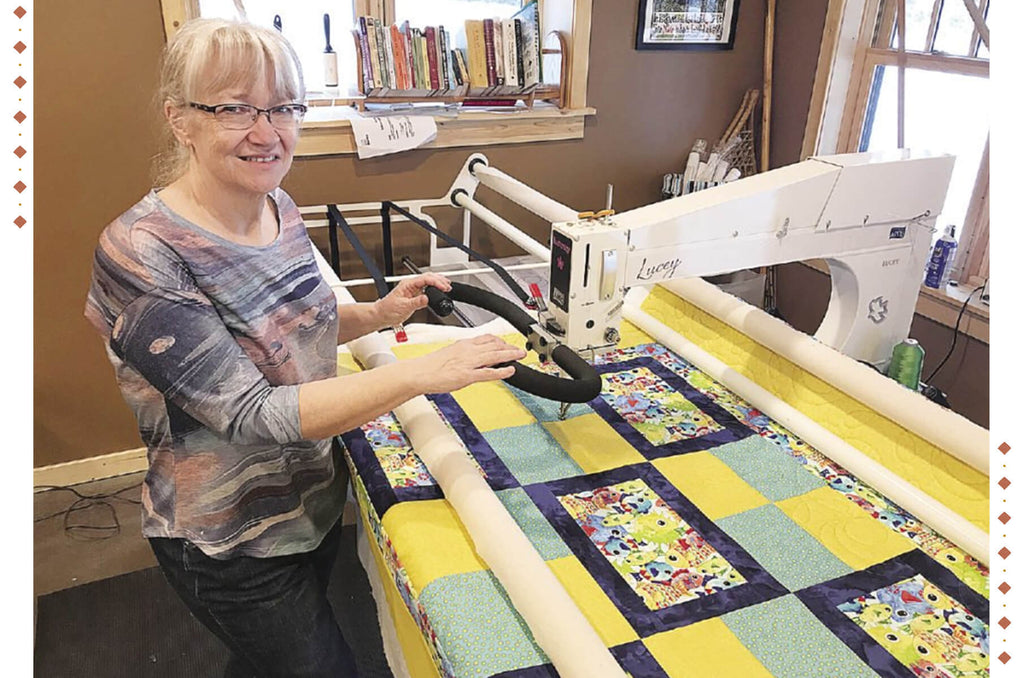
In order to complete a longarm quilting project, a longarm sewing machine is required. These incredible machines, which can sew through all three layers of a quilt at once, set the materials for the quilt on a metal frame. Due to the high price of longarm quilting machines, many quilters choose to outsource the execution of their designs to those who already own one.
Hand-Tie Quilting
Hand quilting, often called hand-tie quilting, involves stitching the quilt layers together with a strong thread. A hand-tie is a quick and easy way to hold a quilt together, and it may help make the blanket more secure if there are many intricate patterns throughout.
Quilting Fashion Trend
If you think last year's neutral, monotone 'fits will still look good in 2023, you're mistaken. In the fashion world, maximalism has taken the throne, thanks to thefashion influencers and the Generation Z set. With its vivid colours and patterns, quilts are the perfect inspiration to pin in the centre of your Gen Z mood board, which is why it's no surprise that the patchwork fashion trend is making a return.
But really. Nowadays, contrasting designs and patterns are all the rage in the fashion industry, but they originated in quilts. It's important to learn the background of a style before putting your own spin on it, especially if you're going to copy a current trend. Patchwork quilting has a long history that spans from Ancient Egypt to China and back again. Used and abandoned clothing during the Great Depression in the United States were recycled into patchwork quilts.
While there are many other variations on the patchwork quilt, the most common style nowadays is the block patchwork. Companies are constantly putting out patchwork-inspired products, some of which are really constructed of patched-together materials and others of which are only designed to seem like patchwork. Moreover, there has been an uptick in the popularity of quilted outerwear; these pieces are often not designed with patchwork in mind, but their unique thick quilted materials evoke the same quiltcore vibe.
If the word "quiltcore" makes you cringe, you may instead refer to this movement as the patchwork movement. In recent years, the quiltcore subculture has emerged as an offshoot of the grannycore and grandma chic movements.
We also happen to be a magnet for suggestions, and would love to catch yours….throw us yours on hello@fabriclore.com


